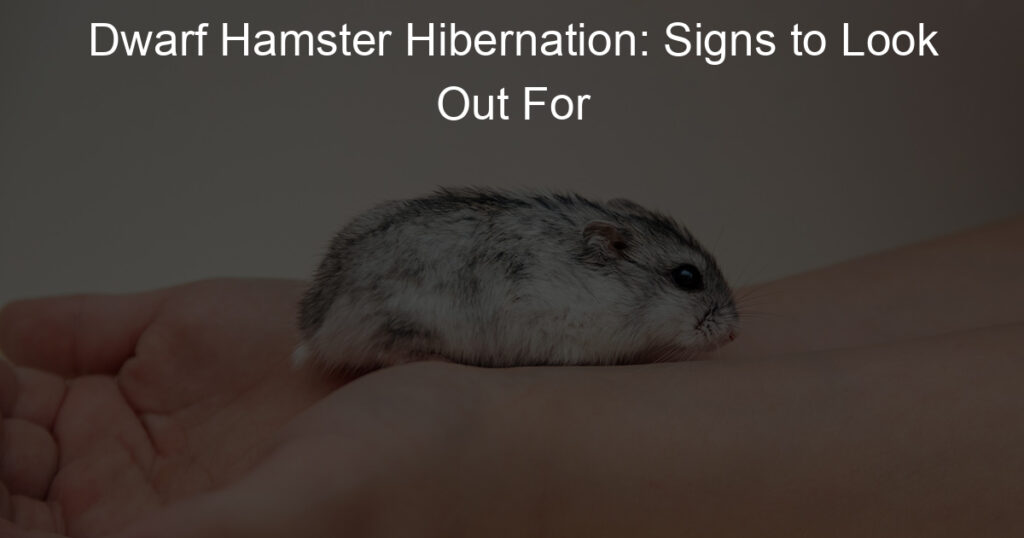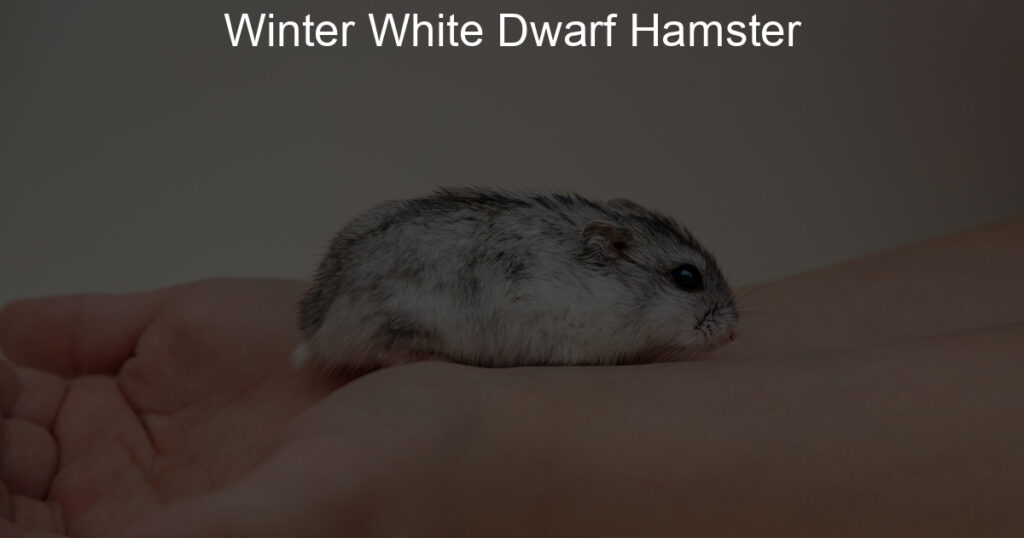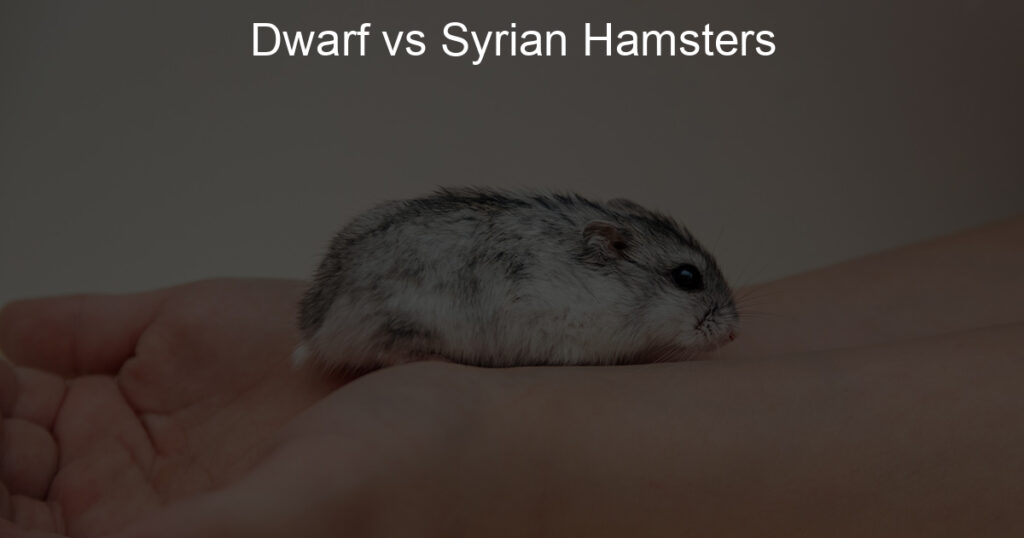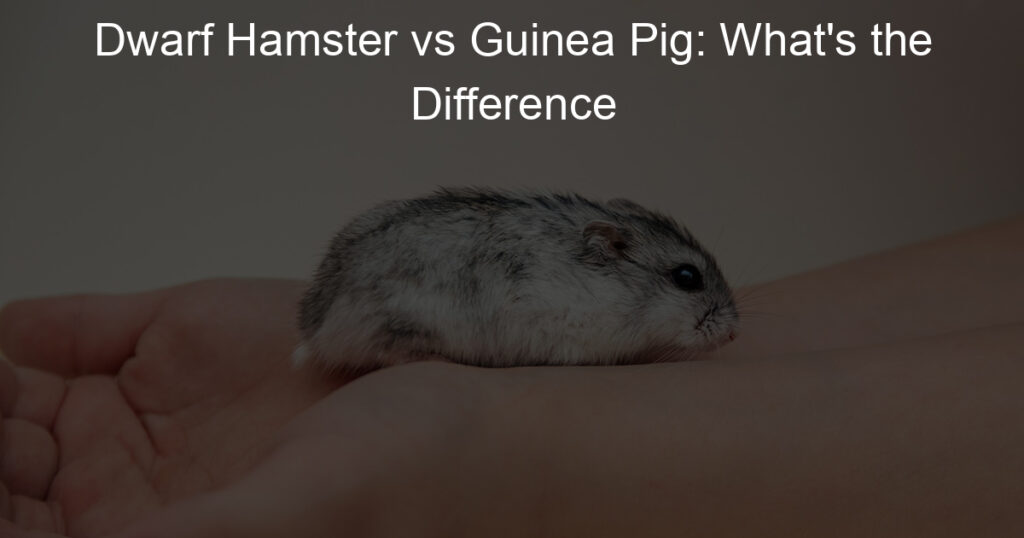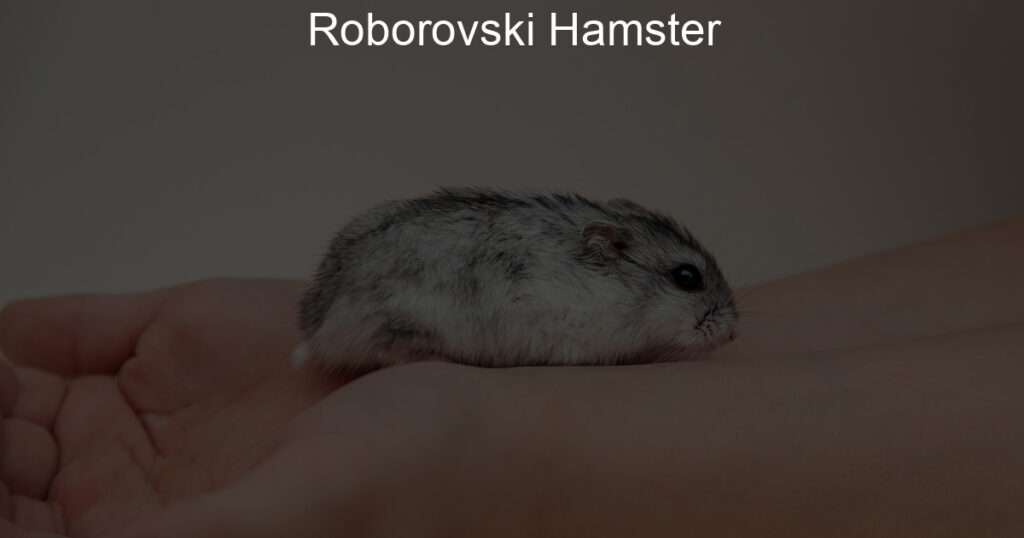If you have a dwarf hamster, you may be wondering if and when they hibernate. Here are some signs to look for that may indicate your furry friend is getting ready to snooze through the winter!
Hamster Hibernation Symptoms
Hamsters are exceptionally active animals that have adapted to survive long periods of cold weather through hibernation. During hibernation, there are certain symptoms that you should look out for in order to ensure your pet’s health and safety. These include noticeable decreases in activity and energy levels, lethargic behavior, paler fur than normal, and significant weight loss.
In order to provide the care your hamster needs during this time, it is important to reduce their environmental stimuli and keep the room temperature comfortable without any draft. As always, be sure to consult with a vet if you have any concerns regarding your hamster’s health and well-being, especially during hibernation season.
How to get a hamster out of hibernation?
As winter approaches and days become cooler, pet hamsters may go into hibernation. While this can be a natural process, it is important to know how to get your hamster out of hibernation as it can be dangerous if left too long. Start by checking the temperature in their enclosure; aim to maintain a comfortable room temperature between 65-75 Fahrenheit. Then provide plenty of new bedding materials and food items that are higher in protein and fat such as cooked chicken or nuts.
If these steps don’t work you may need to take warmer measures such as adding a warm water bottle or heat pad under the bedding or temporarily moving them outdoors to absorb natural sunlight. However, avoid drastic changes and always keep an eye on your furry friend’s health. With a little patience, care, and warmth you should soon have your hamster back sleeping soundly while keeping warm this winter!
Do hamsters go hard when they hibernate?
Hamsters may be small creatures, but when they enter into a hibernation state, they are capable of some pretty impressive feats. They can drop their body temperatures and lower their metabolism significantly, allowing them to go months without food or water.
Because of this ability to hibernate, hamsters have been known to survive in extreme temperatures both in the wild and in captivity. While scientists are still researching exactly how a hamster is able to survive for such extended periods of time with minimal sustenance, it is clear that these animals have evolved an incredible way of surviving the cold winter months.
How do hamsters act before they hibernate?
Before hamsters enter hibernation, they will go through a few changes in behavior. For instance, they may become more reclusive and hide or sleep more than usual. Additionally, their food intake will decrease, and will shy away from fresh fruits or vegetables.
In the last week before hibernating, a hamster may try to move its food into one central location since it will not be able to forage for food when it is entering a deep hibernation state. Despite this subtle change in activity, there should be no drastic change in behavior as hamsters typically find ways to prepare for entering a period of hibernation naturally.
How long do dwarf hamsters hibernate?
Dwarf hamsters have an interesting hibernation process. Depending on the temperatures and availability of food, these small animals can hibernate for varying amounts of time. In the wild, they may go into a deep sleep to escape harsh weather and survive a long winter without food resources.
In captivity, however, dwarf hamsters usually do not go through any extended periods of hibernation because they are provided with more consistent temperatures and a steady supply of food. Short bursts of hibernation may still occur if provoked by cold or hunger, but these will only last for short periods such as several days at a time before the dwarf hamster wakes up to resume their regular activities.
Dwarf Hamster Hibernationg Or Dead?
Dwarf Hamsters may appear to hibernate due to their periods of inactivity, but this is usually not the case. These animals are actually active and awake at all times since true hibernation requires a much longer period of inactivity than these short bursts. While it is often more difficult to detect signs of life due to their small size, owners can still determine if their dwarf hamster is alive by carefully observing its behavior.
Other signs, such as movement of the eyes or slight twitching, can also indicate that a hamster is alive even in periods of inactive behavior. Watching closely for these signs should give a clear indication as to whether your hamster has gone into hibernation (which it cannot do) or is dead.
Wrapping Up
Dwarf hamsters are lovely little pets that bring joy to their owners. It’s important to be aware of the signs of hibernation so you can take steps to prevent it. If your dwarf hamster does go into hibernation, don’t panic! With a little patience and care, you can nurse them back to health. Thanks for reading and good luck with your furry friend!

